When selecting fabric for my flag, I wanted to choose a fabric that was relevant to my context. Materials like cotton and bamboo especially drew my eye for their association to the history of the transatlantic slave trade. I was intrigued by the 'Columbus' recycled polyester and a starched tulle material but ultimately I went with bamboo cotton for the light material, which best suited a flag, and its ease of movement.
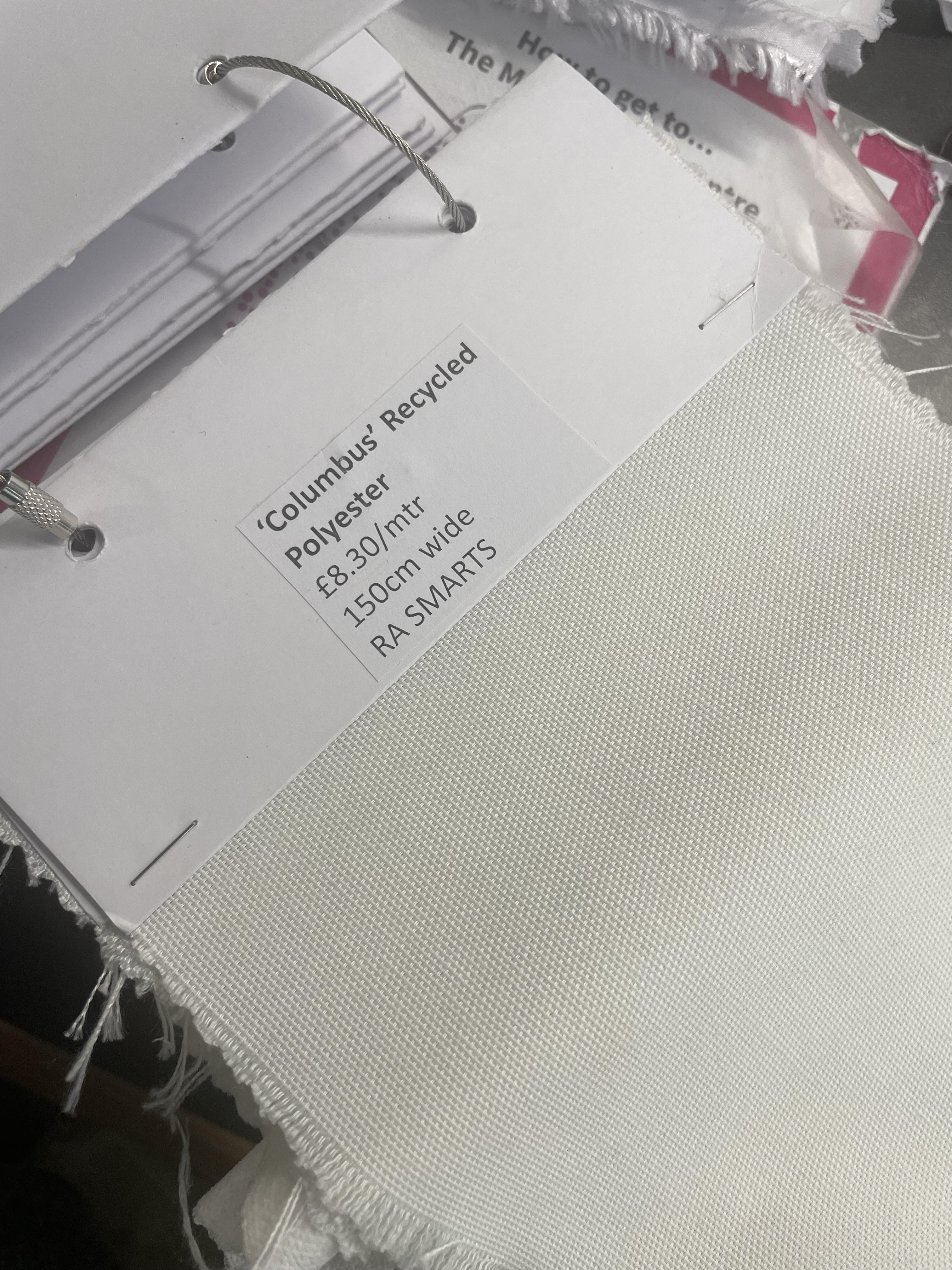
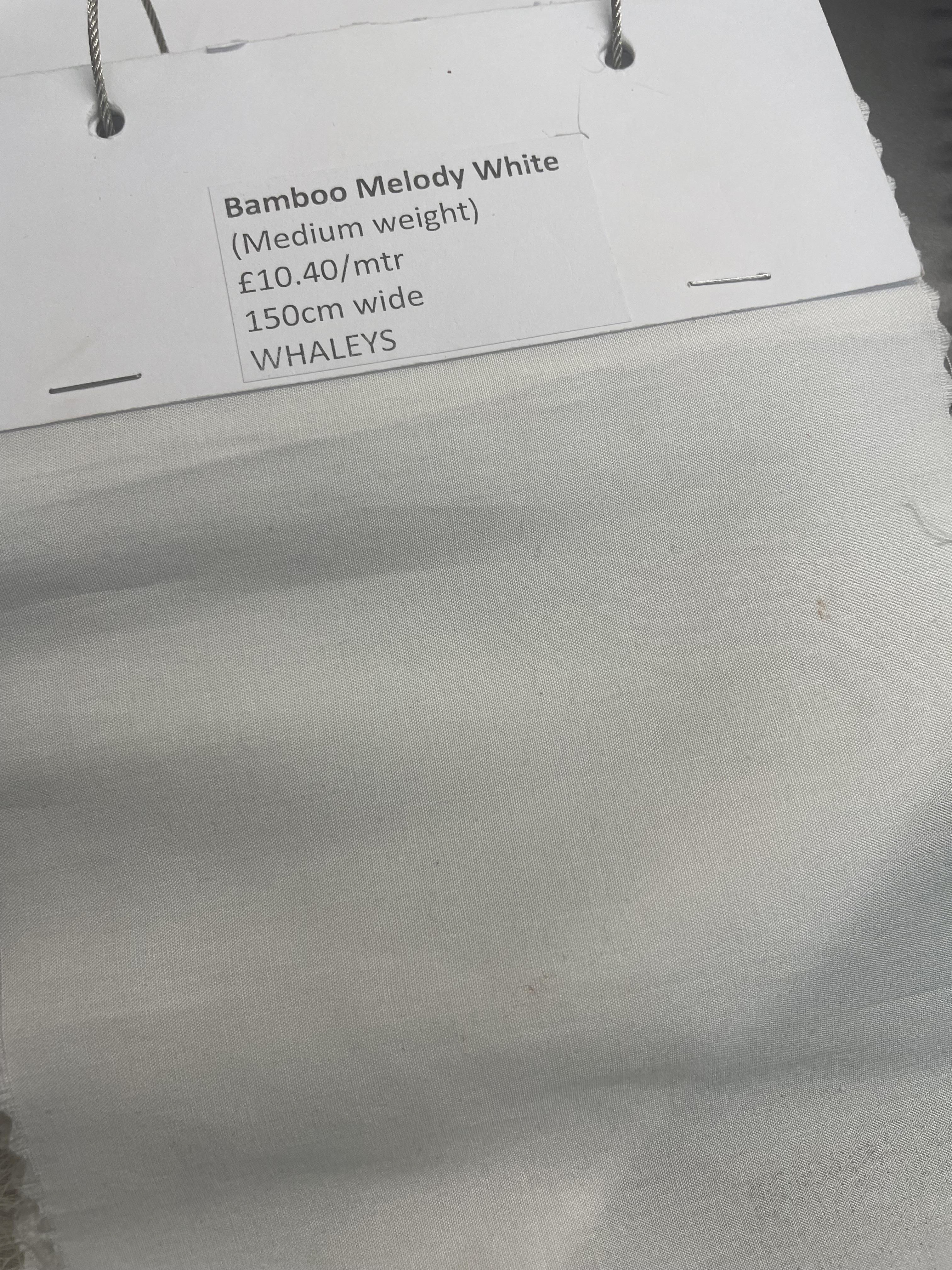
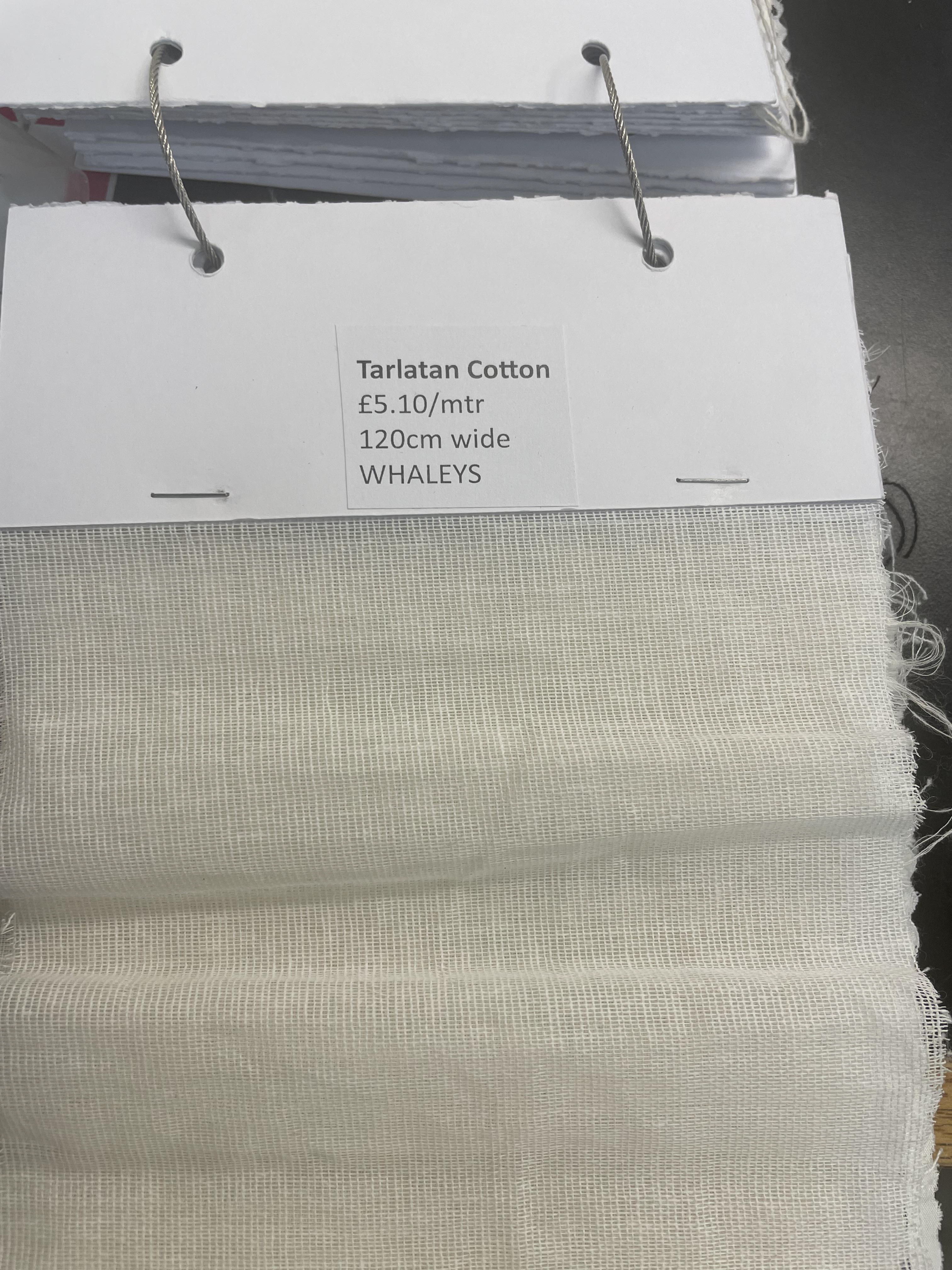
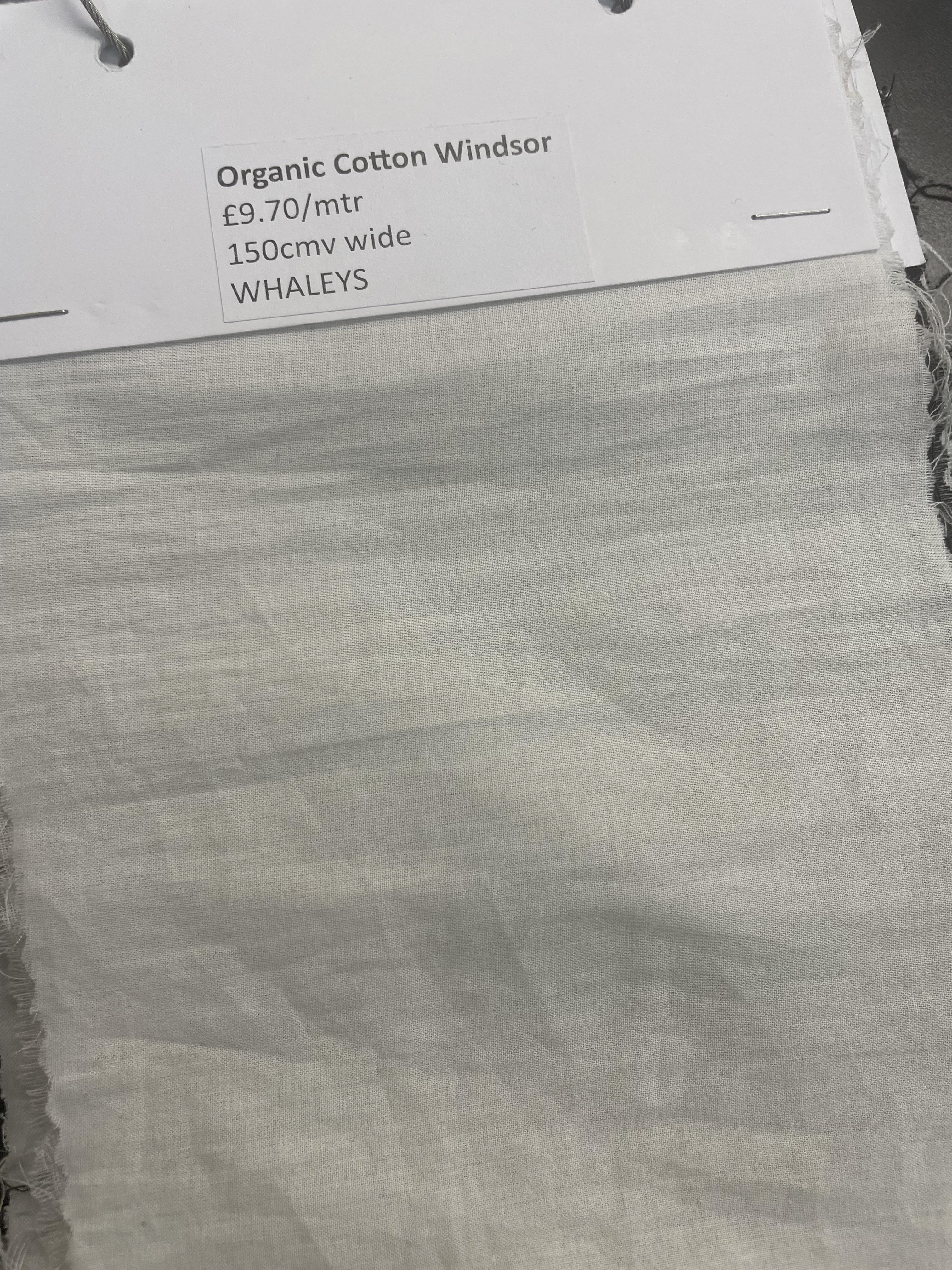
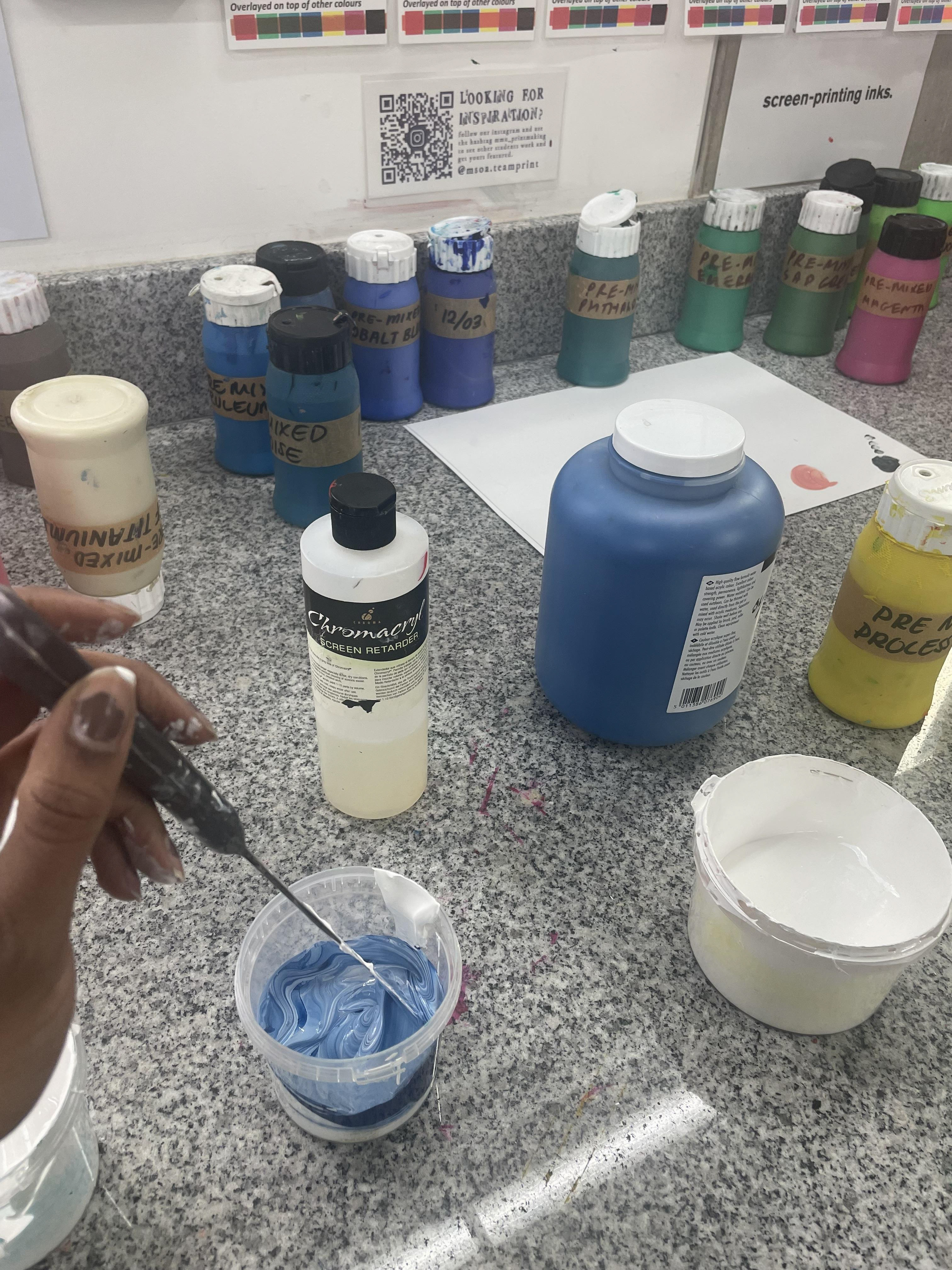
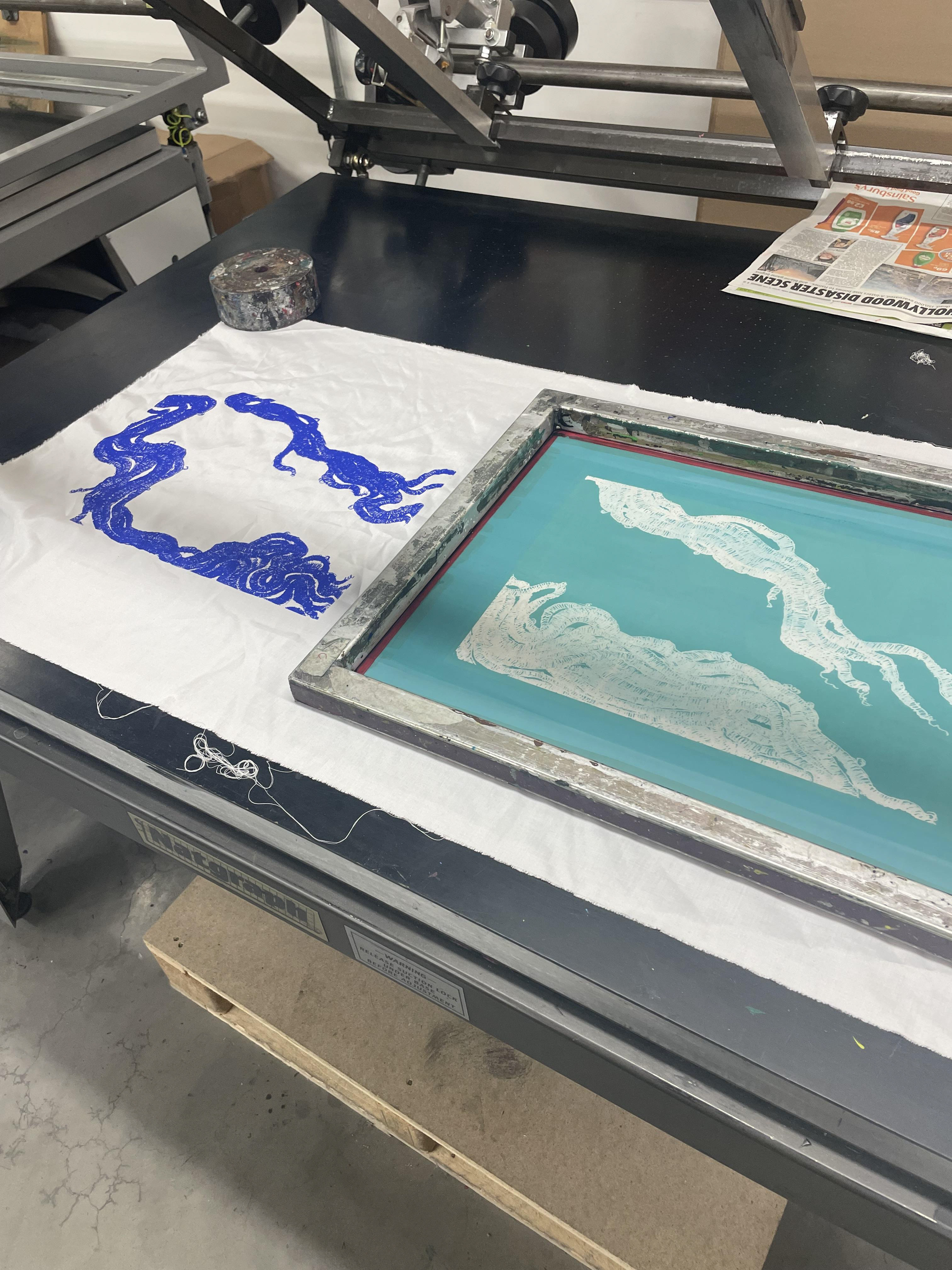
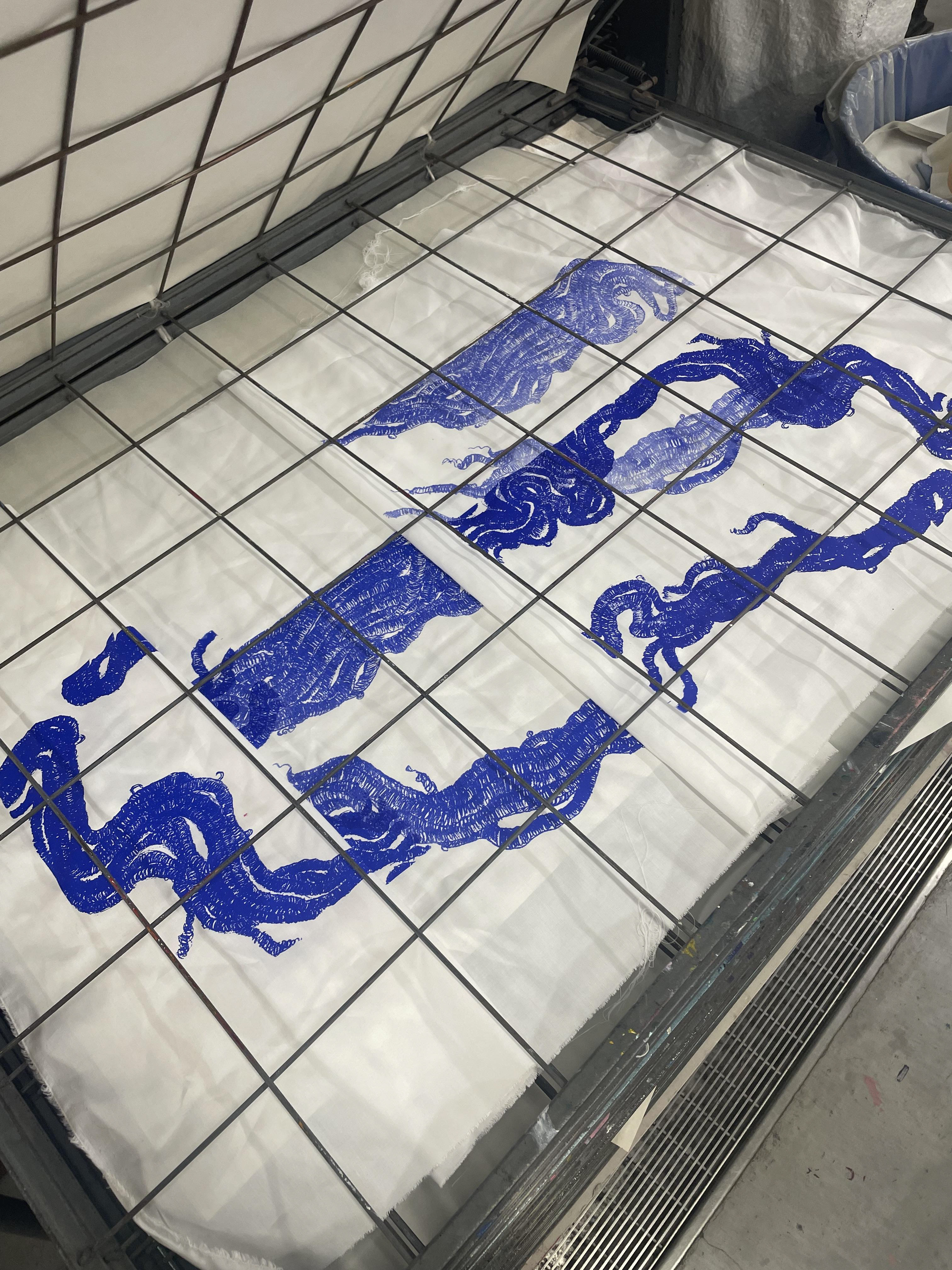
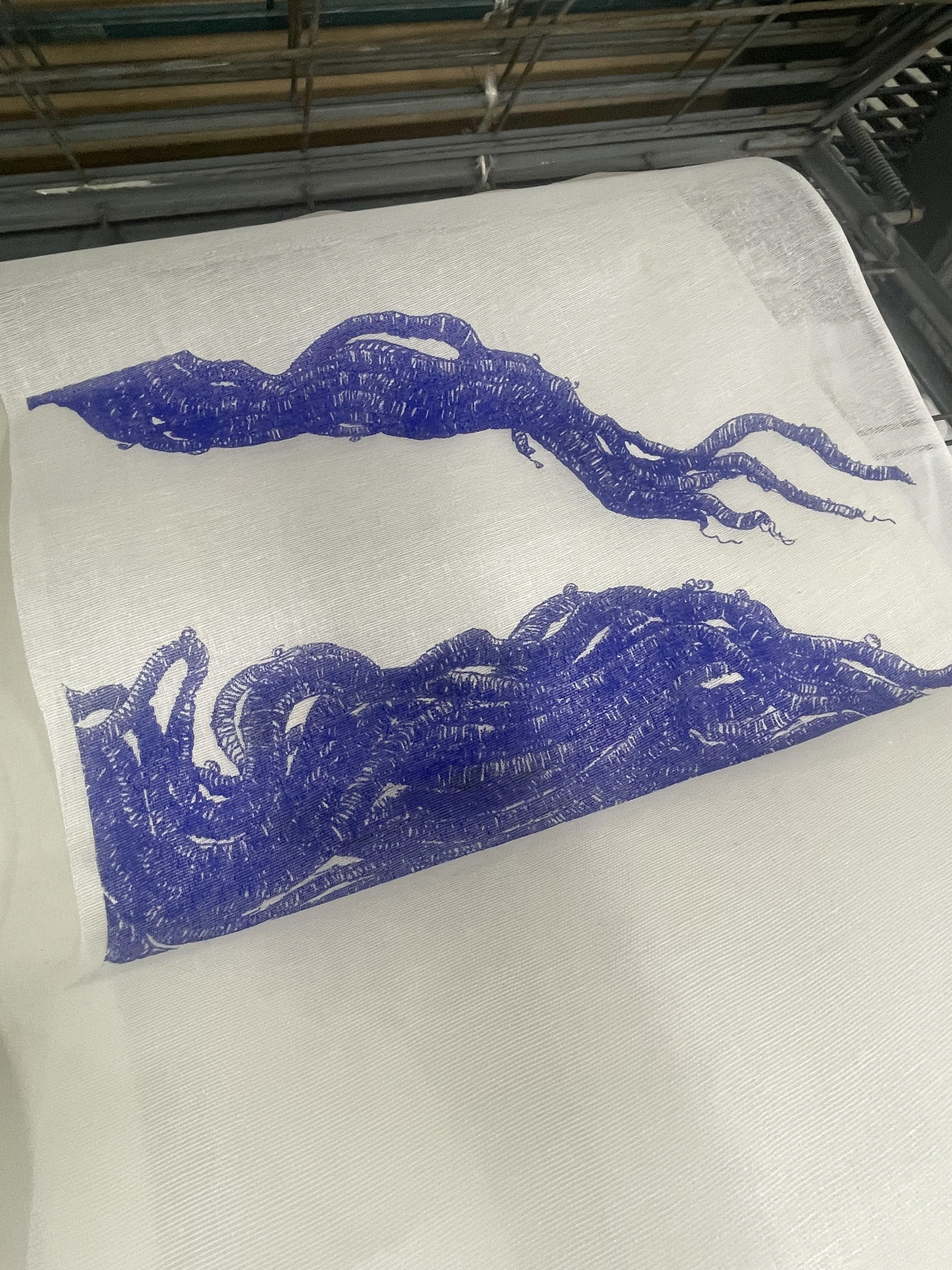

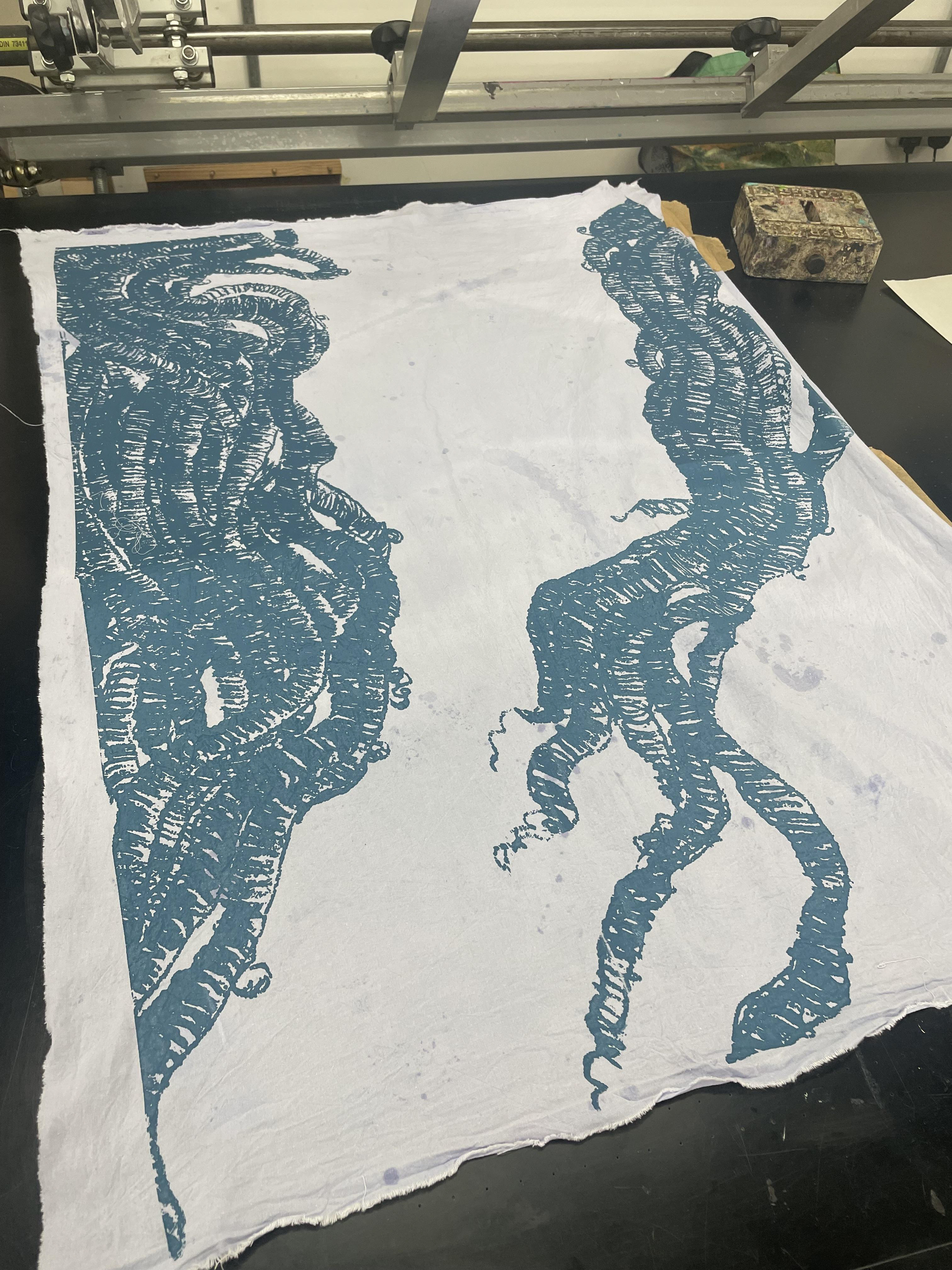
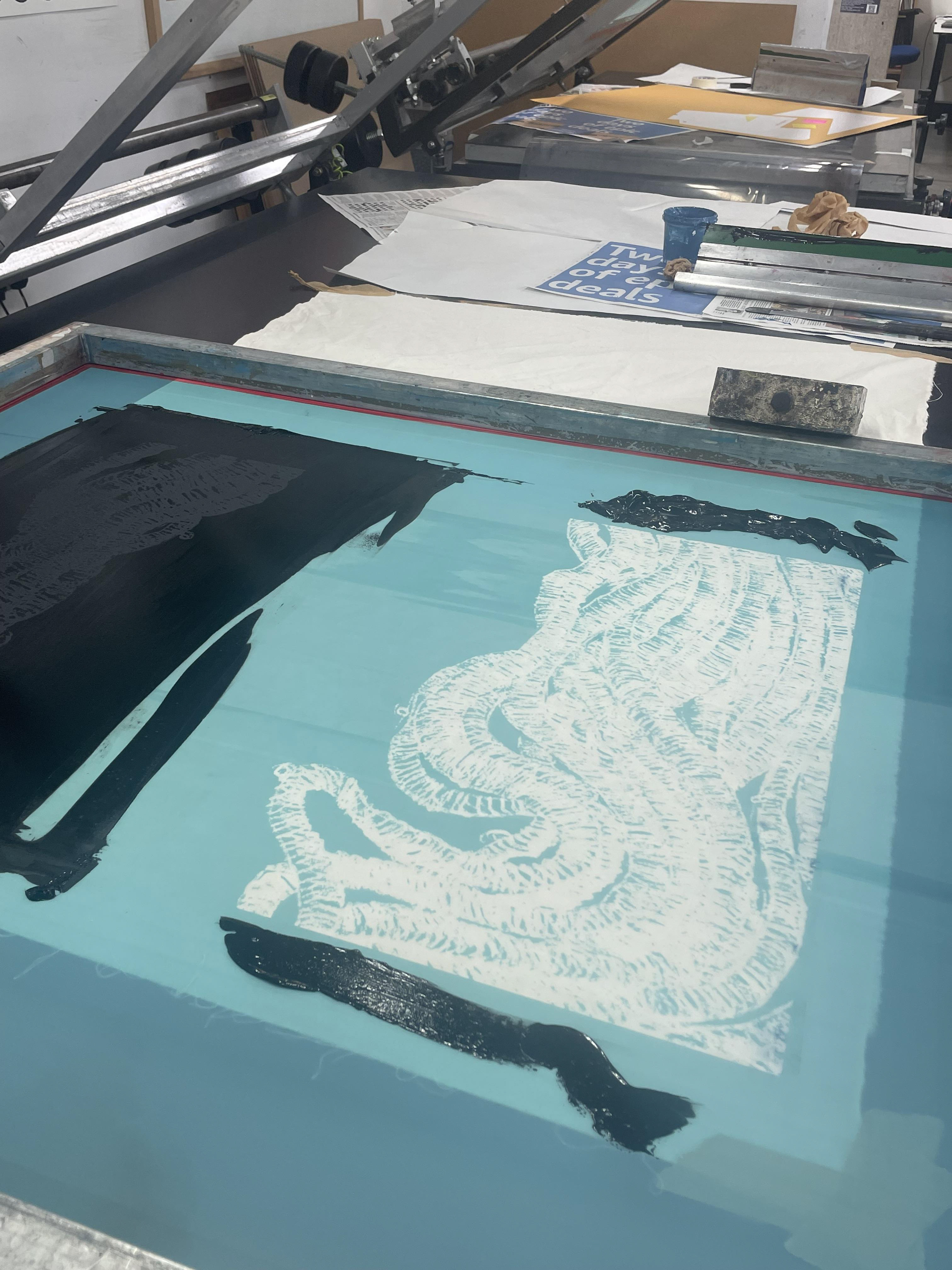
I made A3 test prints to experiment with colour and fabric, choosing blue to represent the oceanic themes i was exploring. I moved onto larger A1 print once I decided to use organic cotton. I had to approach these screen prints in parts so I could make a successful print without smudging or bleeding the ink.

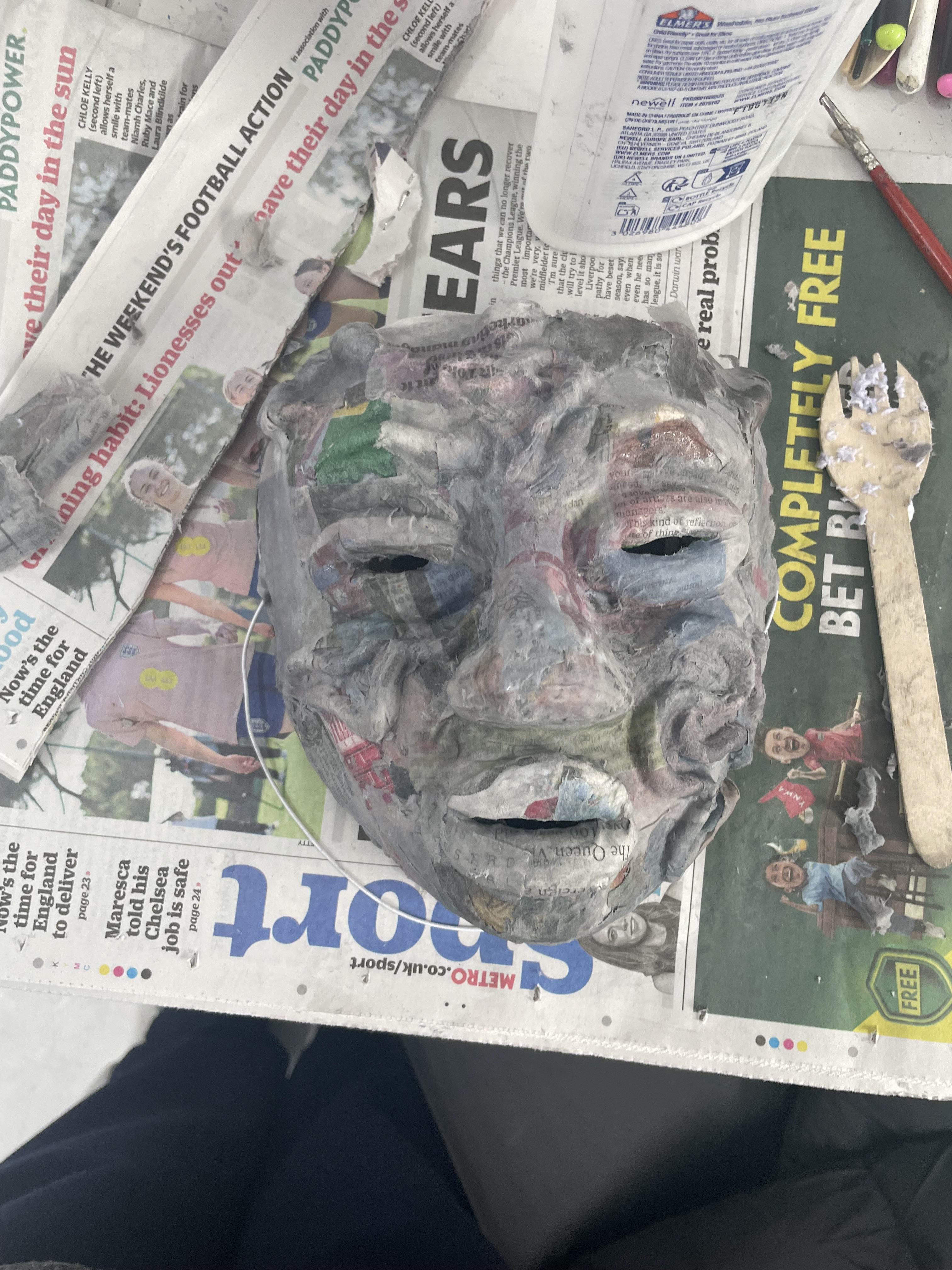
I began exploring paper with paper mache, creating an african mask using plastacine to form shapes and then covering with paper mache. i moved on to make paper pulp to experiment with sculpting my ackee shapes.

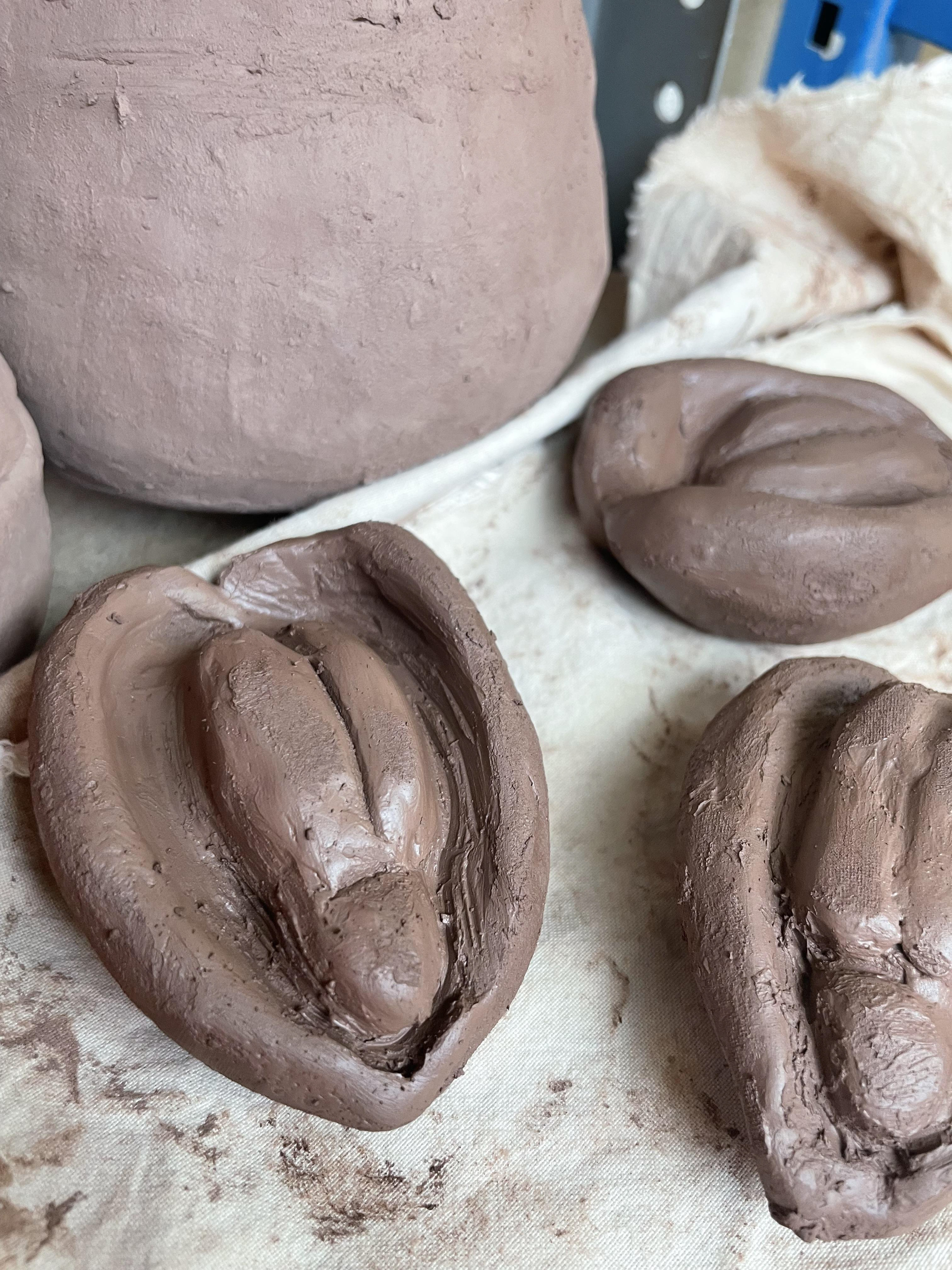


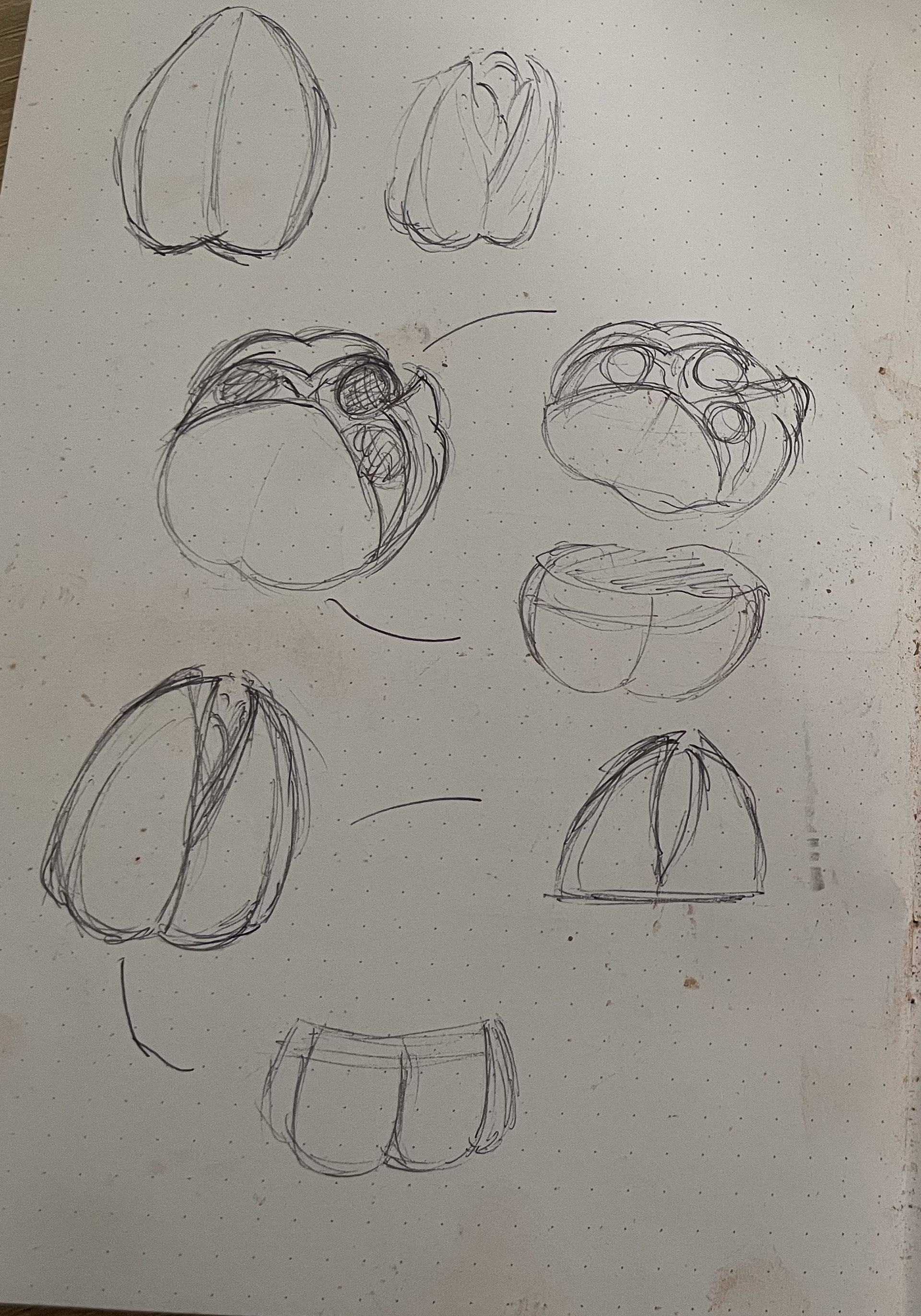
Wanting to make more solid forms I moved onto exploring clay. my intention was to sculpt ackee fruit forms in order to make a mould but I realised after creating them that it was the wrong type of sculpture. I continued making the fruit and also coil built two pots.
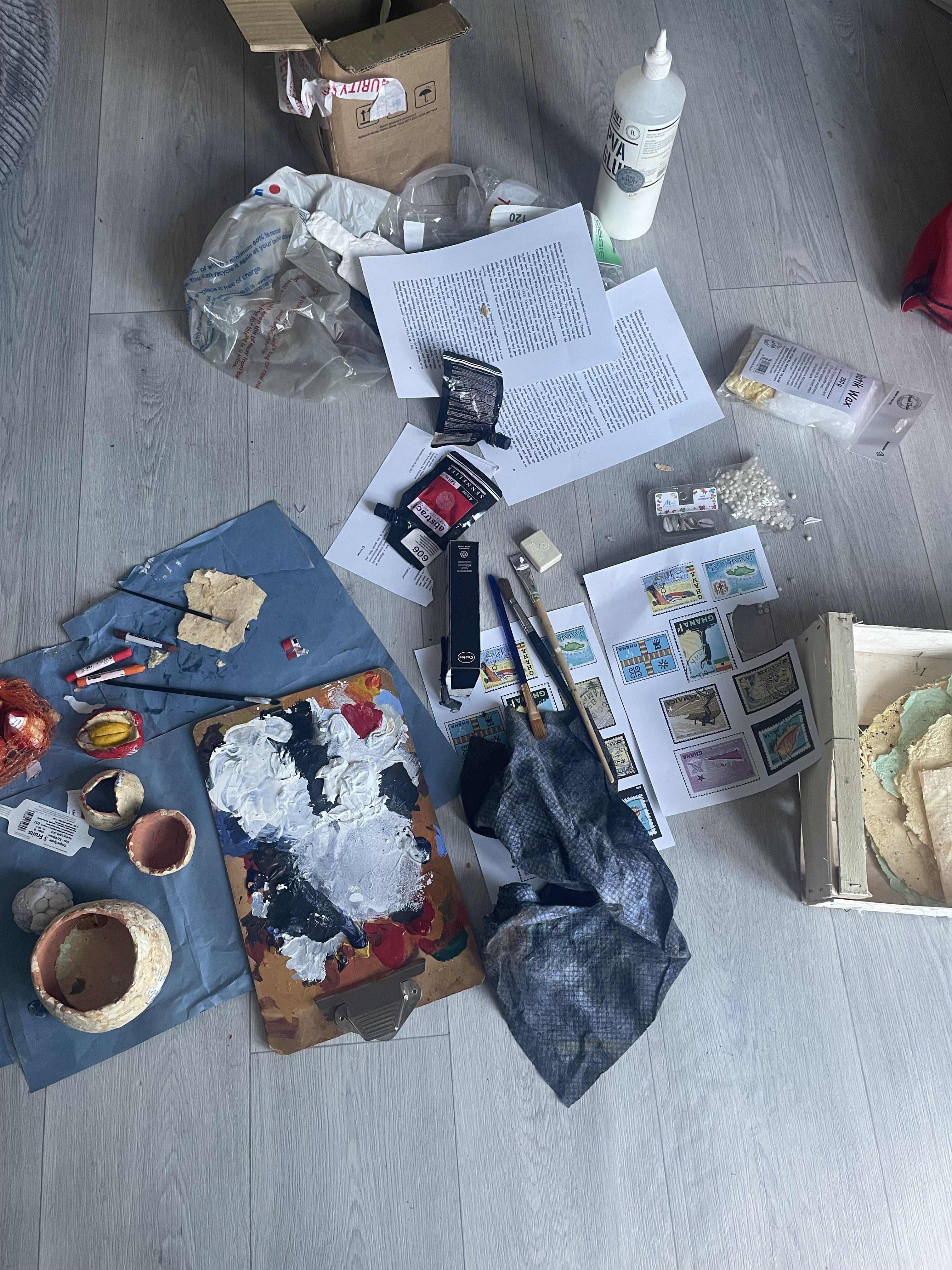
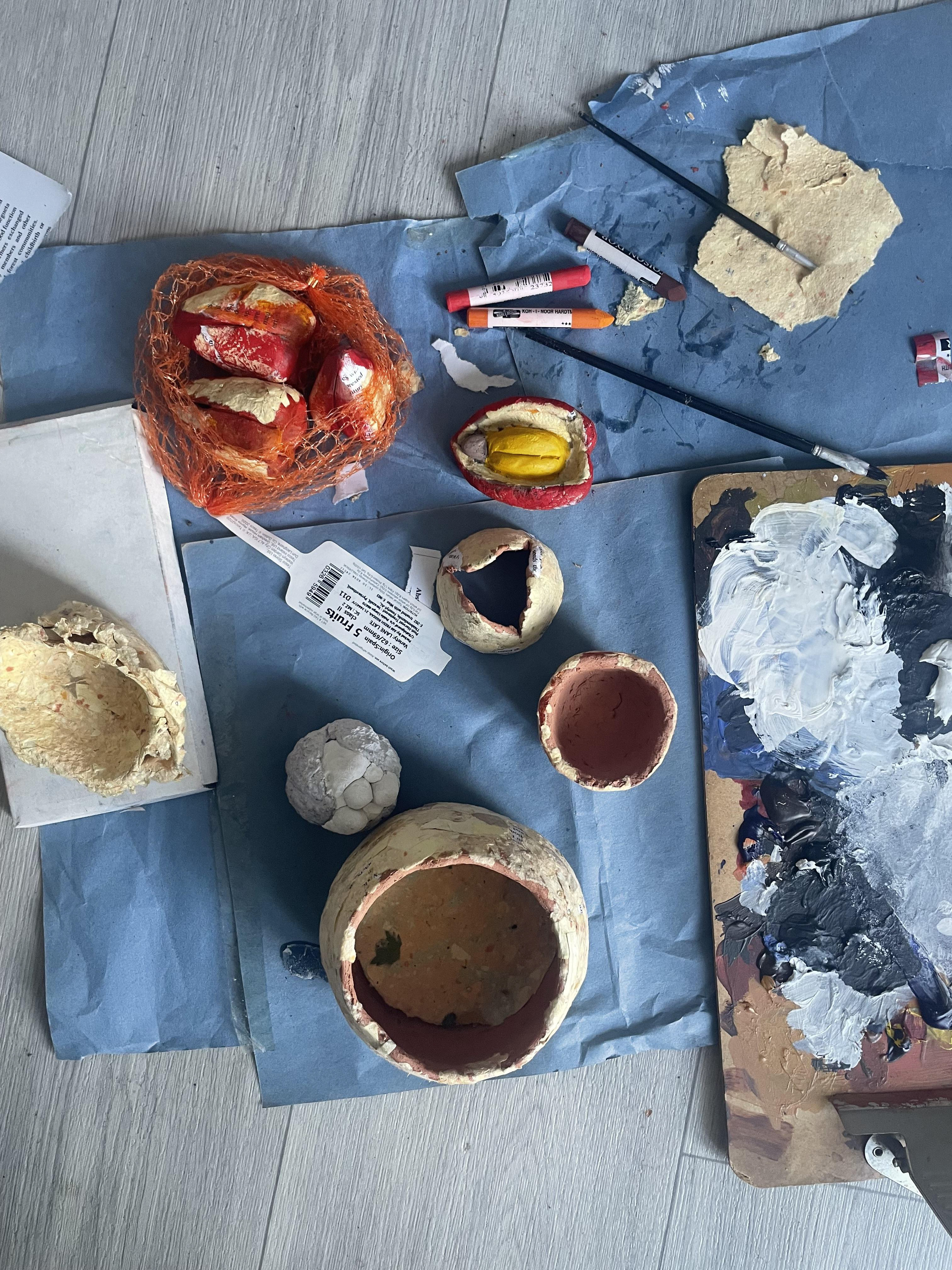

With the sculptures that weren't appropriate for the mould making I decided to cover them in my hand made paper as well as scrap paper from selected books. I also used paint and pastels to colour over and obscure the text beneath, speaking to my themes of erasure and hidden knowledge.
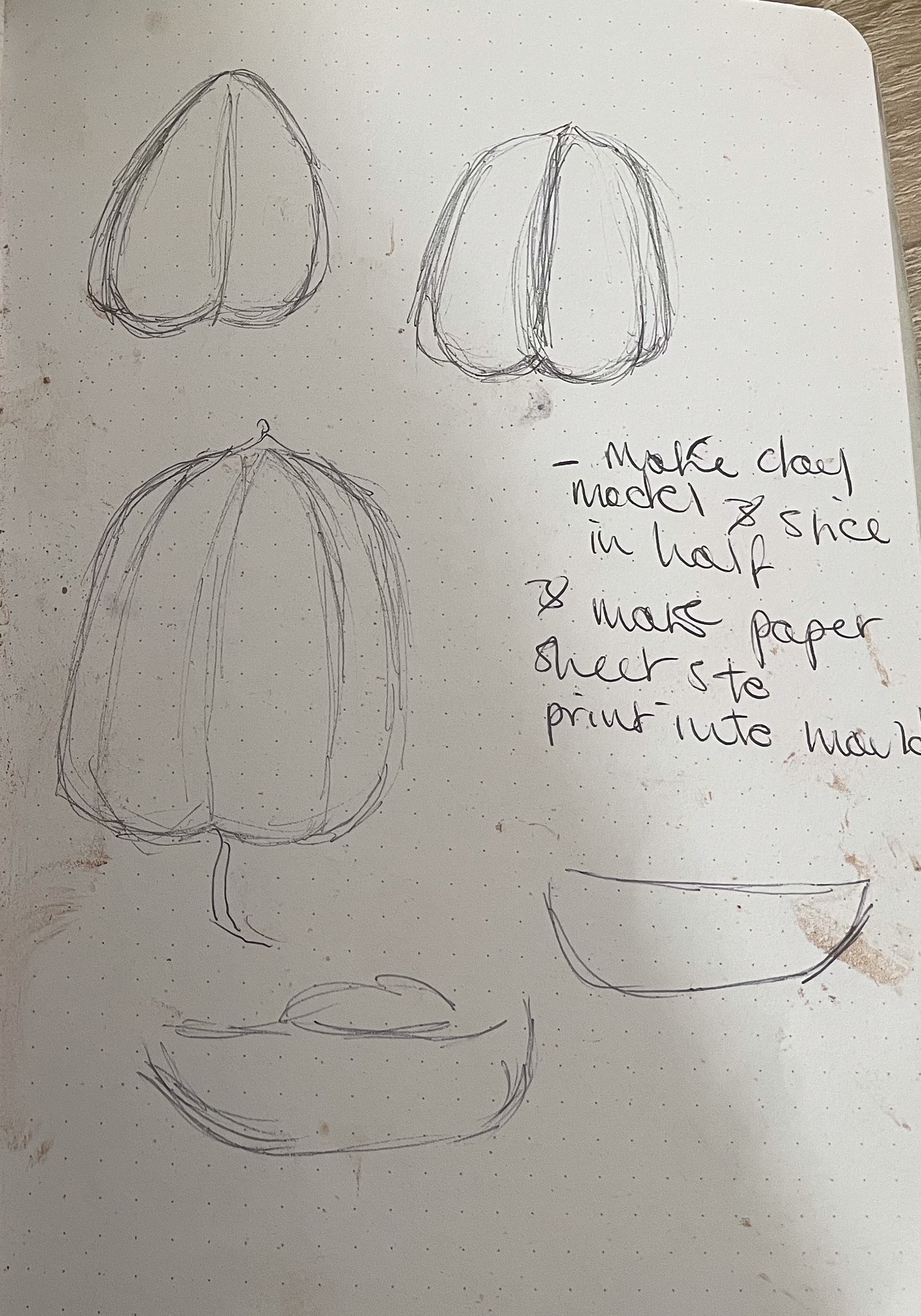
sketking my ackee scultpure to understand how it would work with moud making
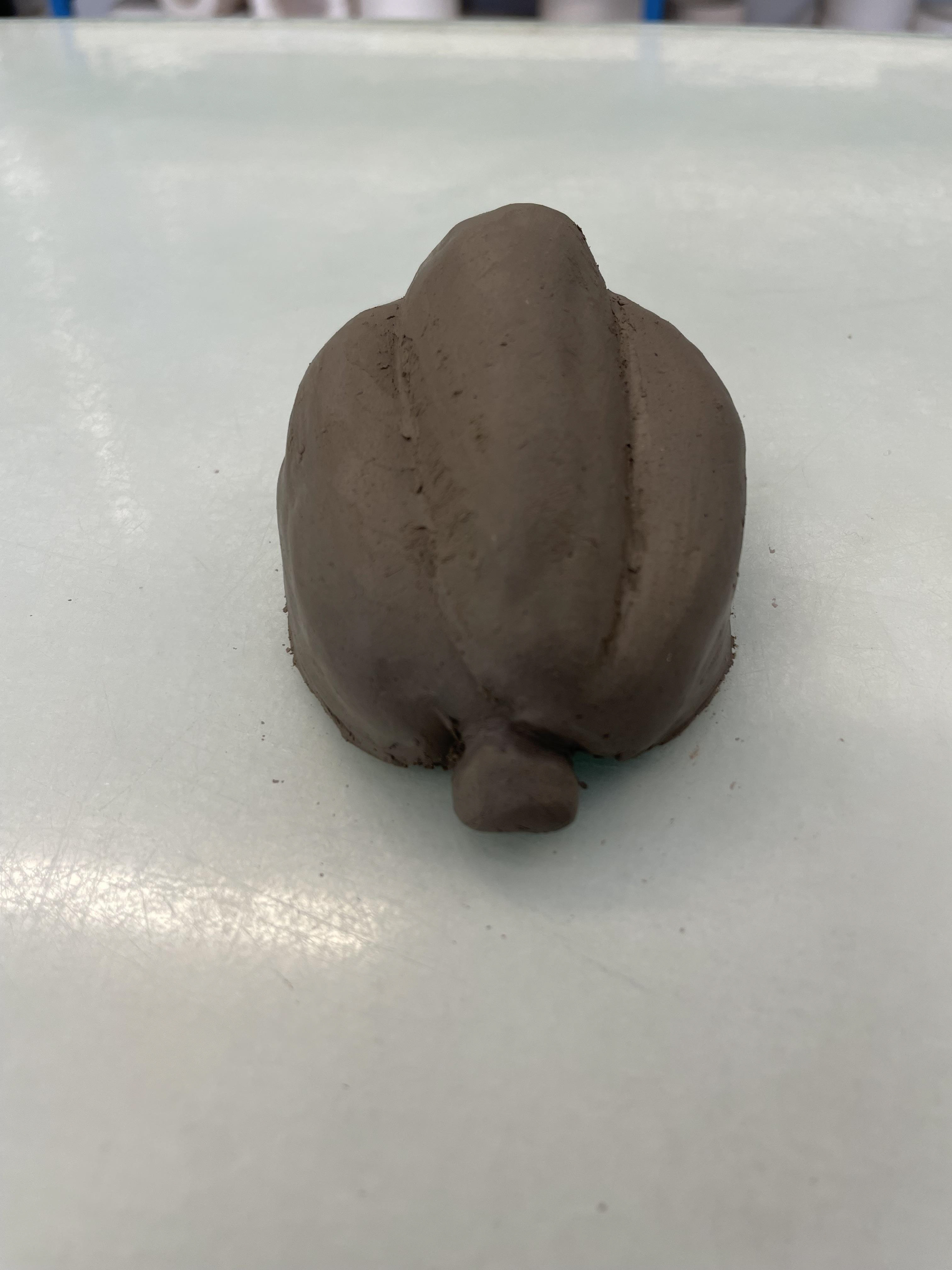

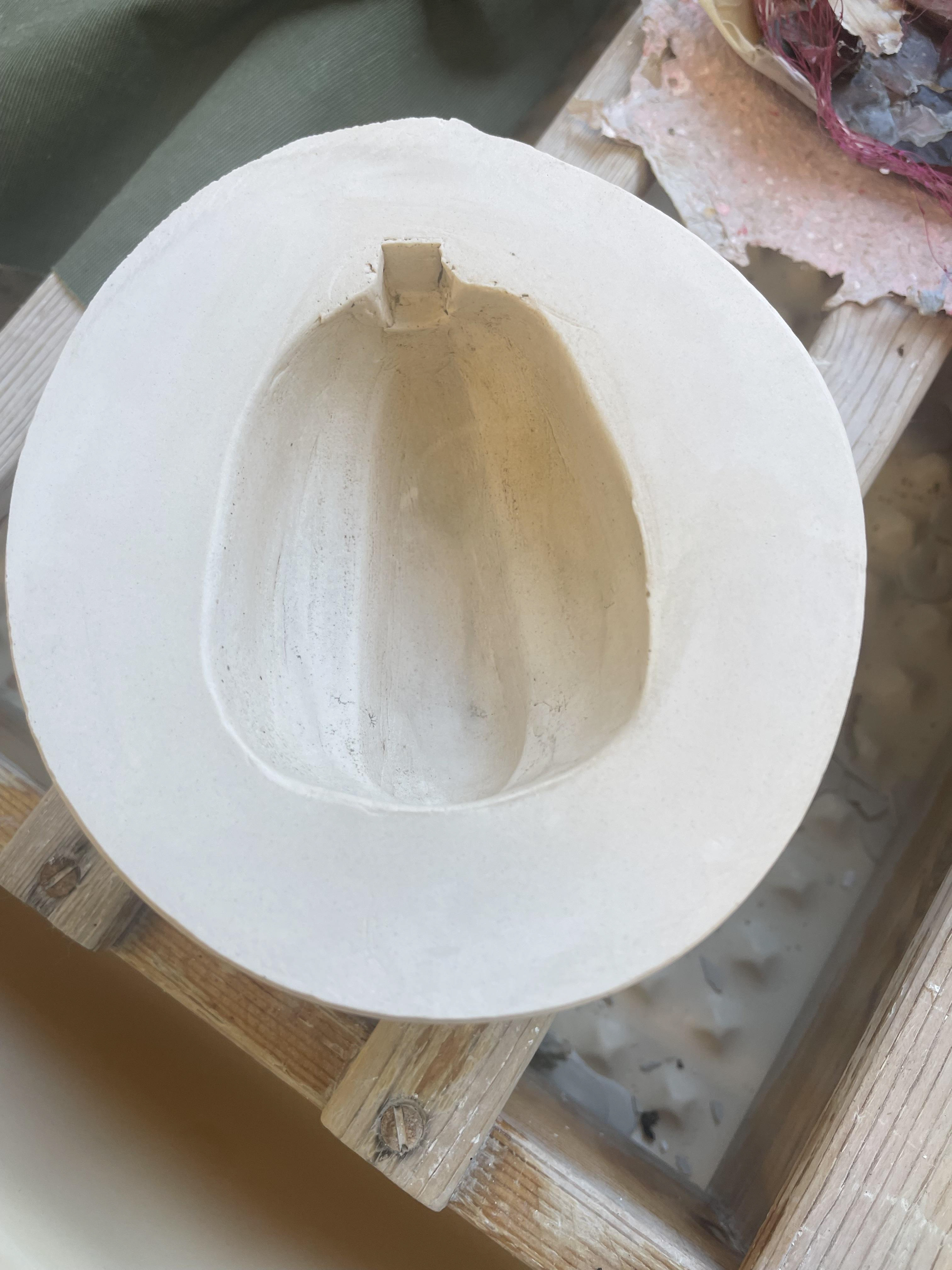
Through more consistent trips to the plaster workshop and conversations with Dianne the technician I explored other materials that I could use to creak sculptures without in-depth knowledge of clay and plaster. I was introduced to paper sculpting through relief mould technique, it would allow me to make lightweight sculptures out of a material that is still recyclable and delicate. I began working on my sculpture for my ackee mould. I had to make my ackee in a trapezoid shape as I was told it would assure I could get my clay mould out of the mould once it was set.
Technician blending my paper mulch
Peeling my dried paper off fabric
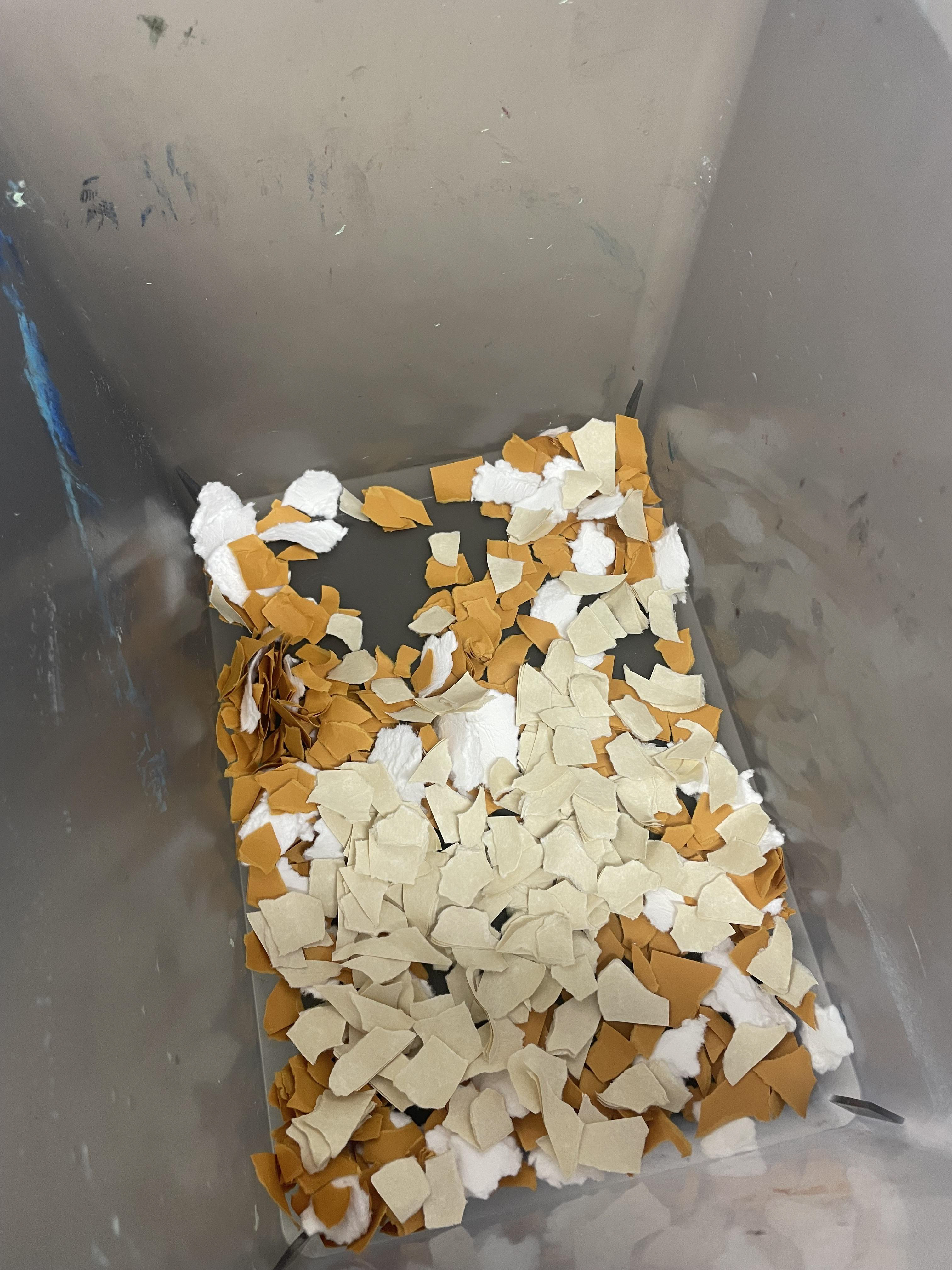




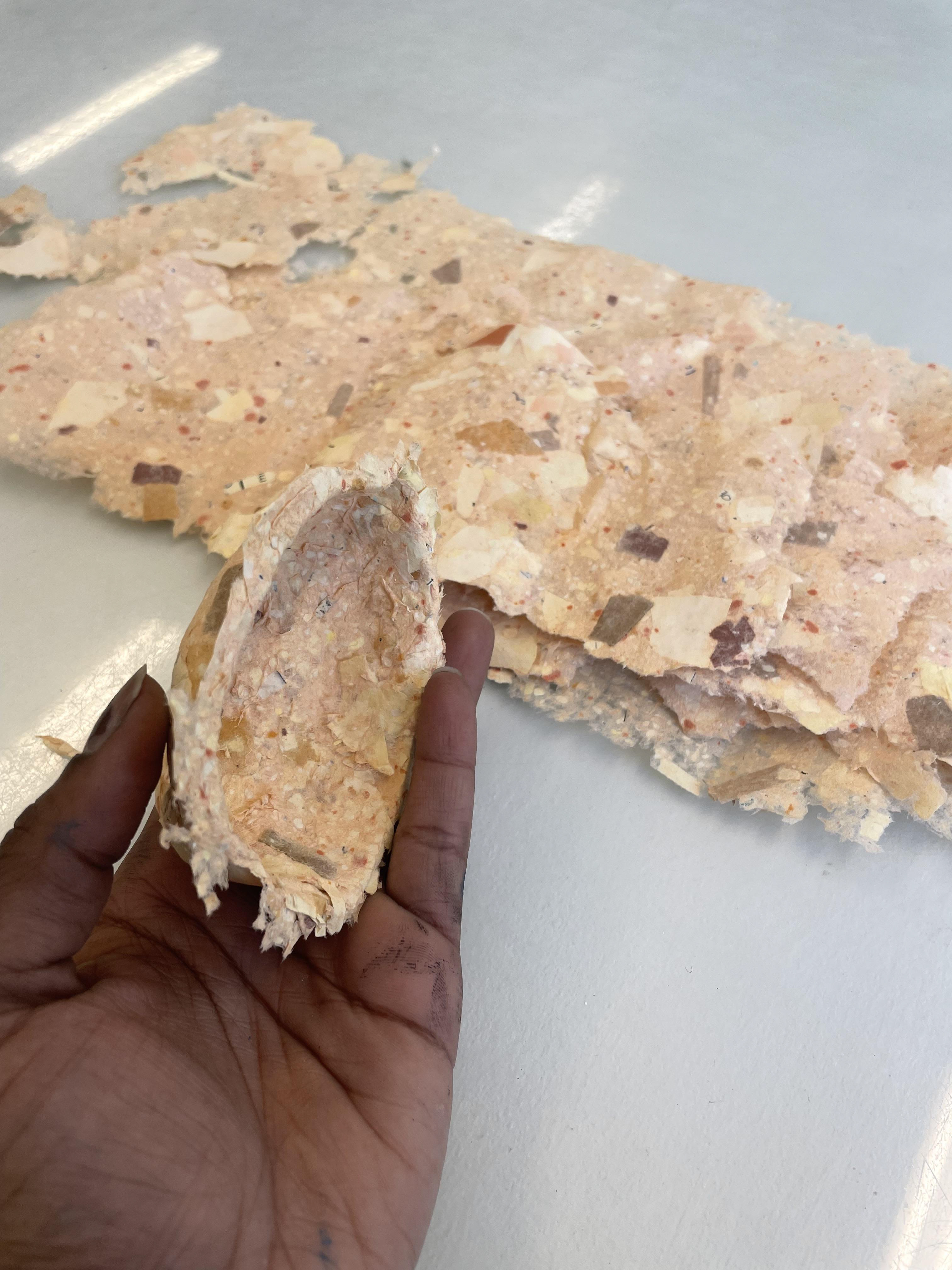

I decided that I would make my own paper to use in my mould. This added a layer of depth to these sculptures as I was using shredded text book paper, coloured card and paper and seeds and grains. After making the paper and leaving it to dry for a day, I began pressing paper into my mould, spraying it with water to make the material malleable and easier to mould. I left the mould drying in the sun for a few days to a week, the drying time usually varied depending on how wet I made the paper whilst moulding it.

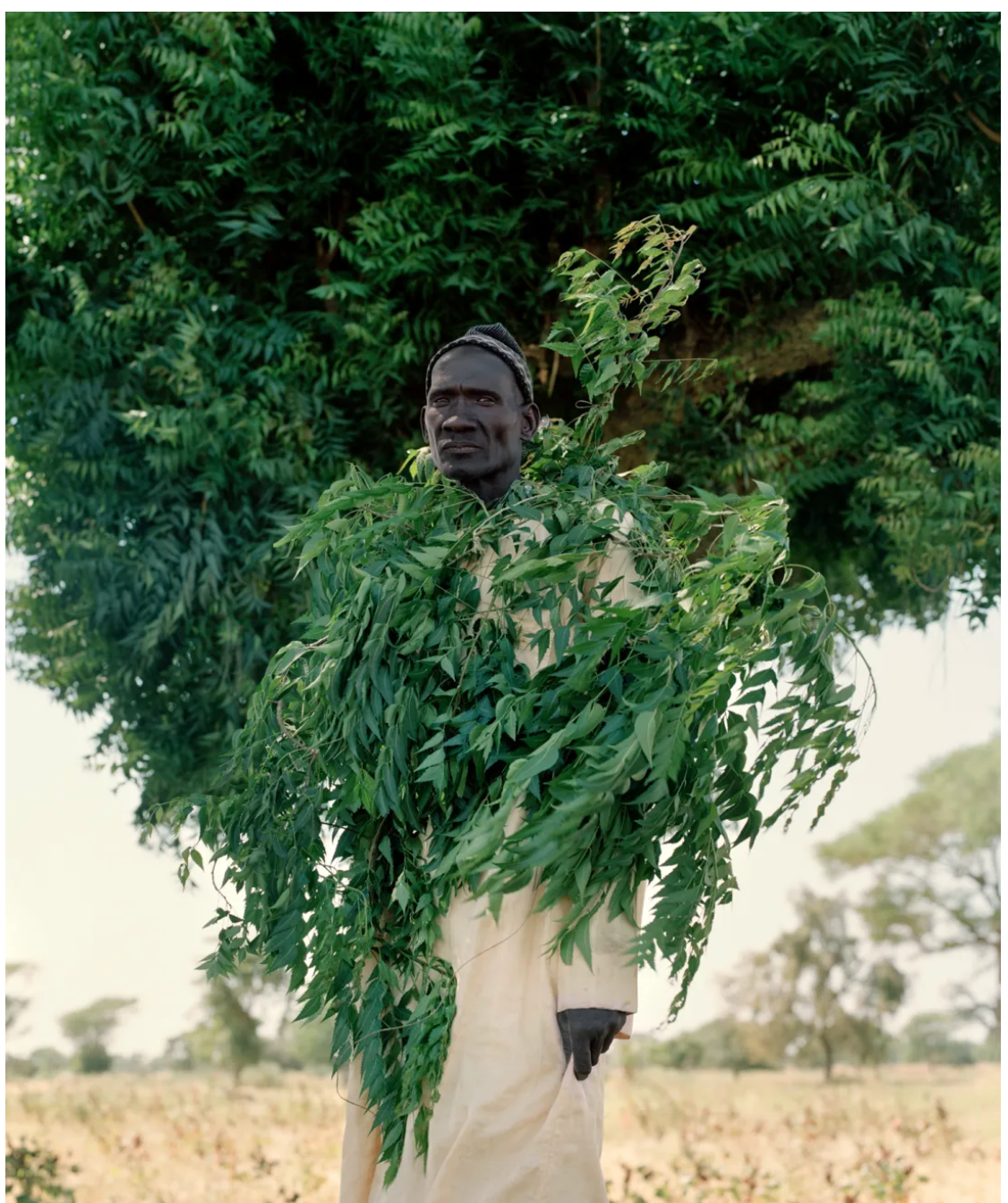
Toucouleur Karoline Hjorth & Riitta Ikonen
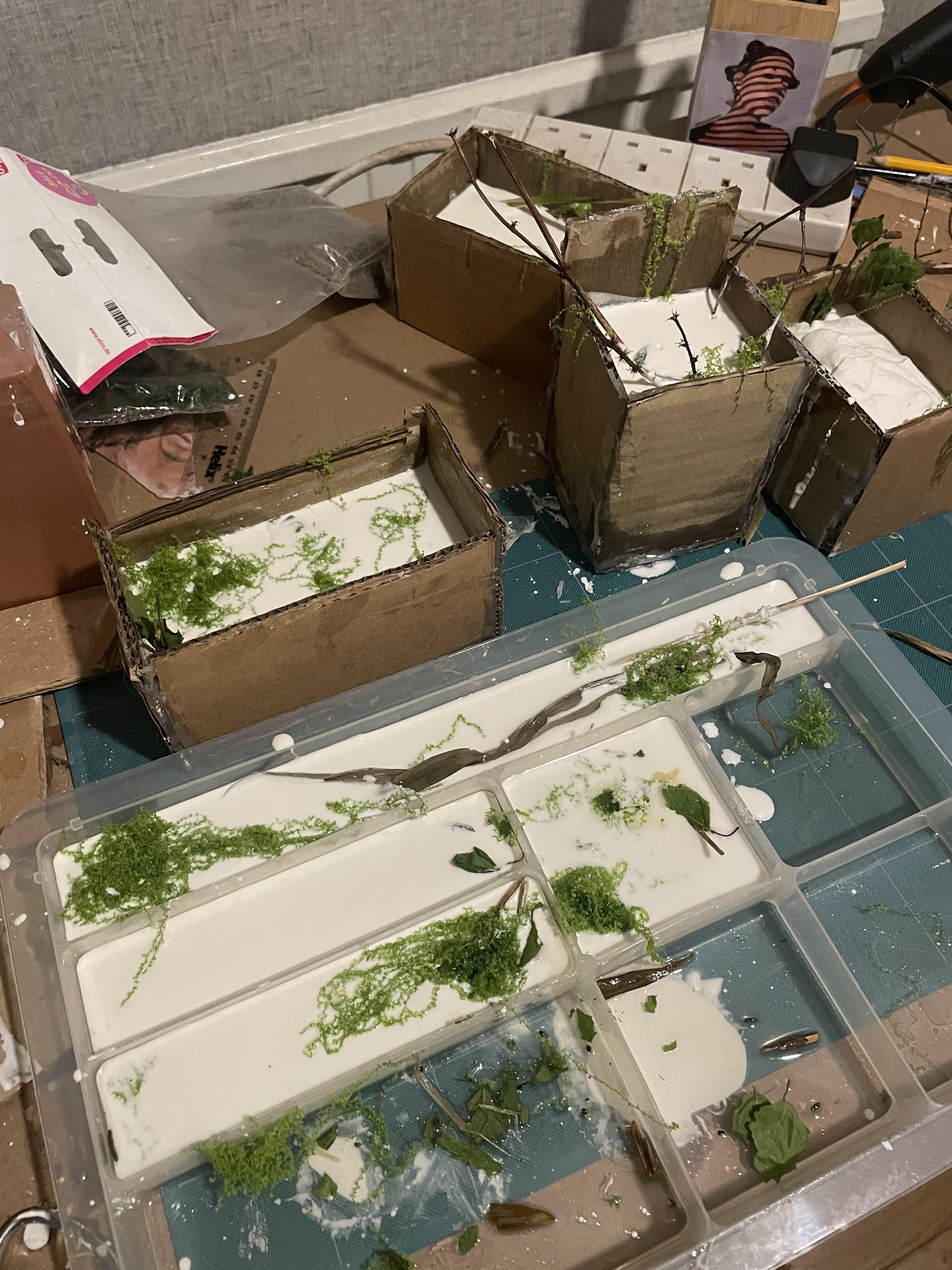
After learning the process of mould making, I became intrigued by the material of plaster. I was drawn to the idea of juxtaposing organic elements like leaves, twigs, and artificial moss with the rigid, geometric forms of plaster blocks. The contrast between the natural and the manufactured became central to my exploration.
I found inspiration in Karoline Hjorth and Riitta Ikonen’s Eyes as Big as Plates series, which beautifully merges human bodies with landscapes and flora. Building on this concept, I embedded natural materials into plaster blocks, using foliage as a symbolic reference to institutional structures, those that preserve and display objects belonging to living cultures like museums and galleries. Through this work, my intention was to question the boundaries between nature, the human body, and the systems that seek to contain or define them.
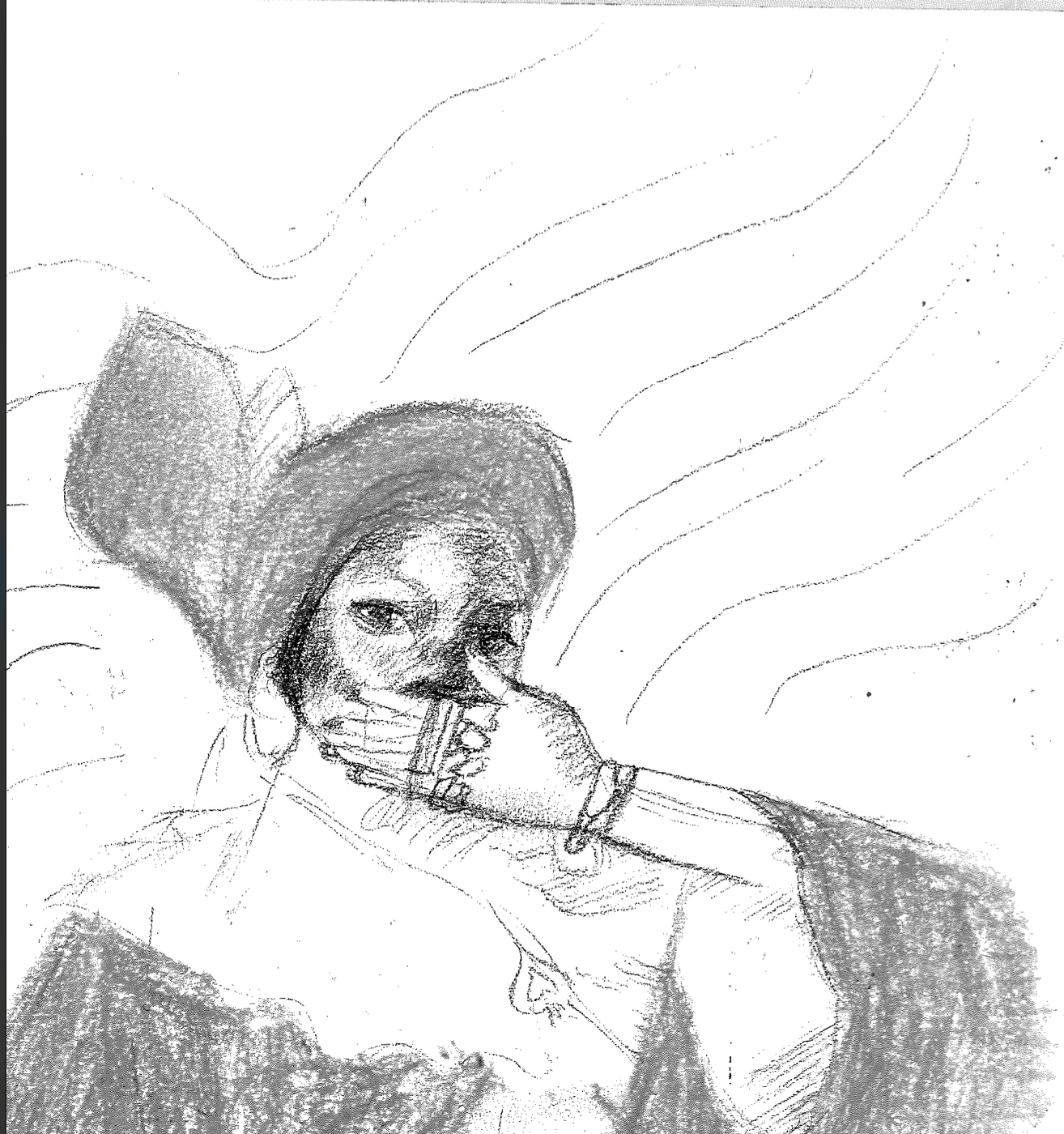
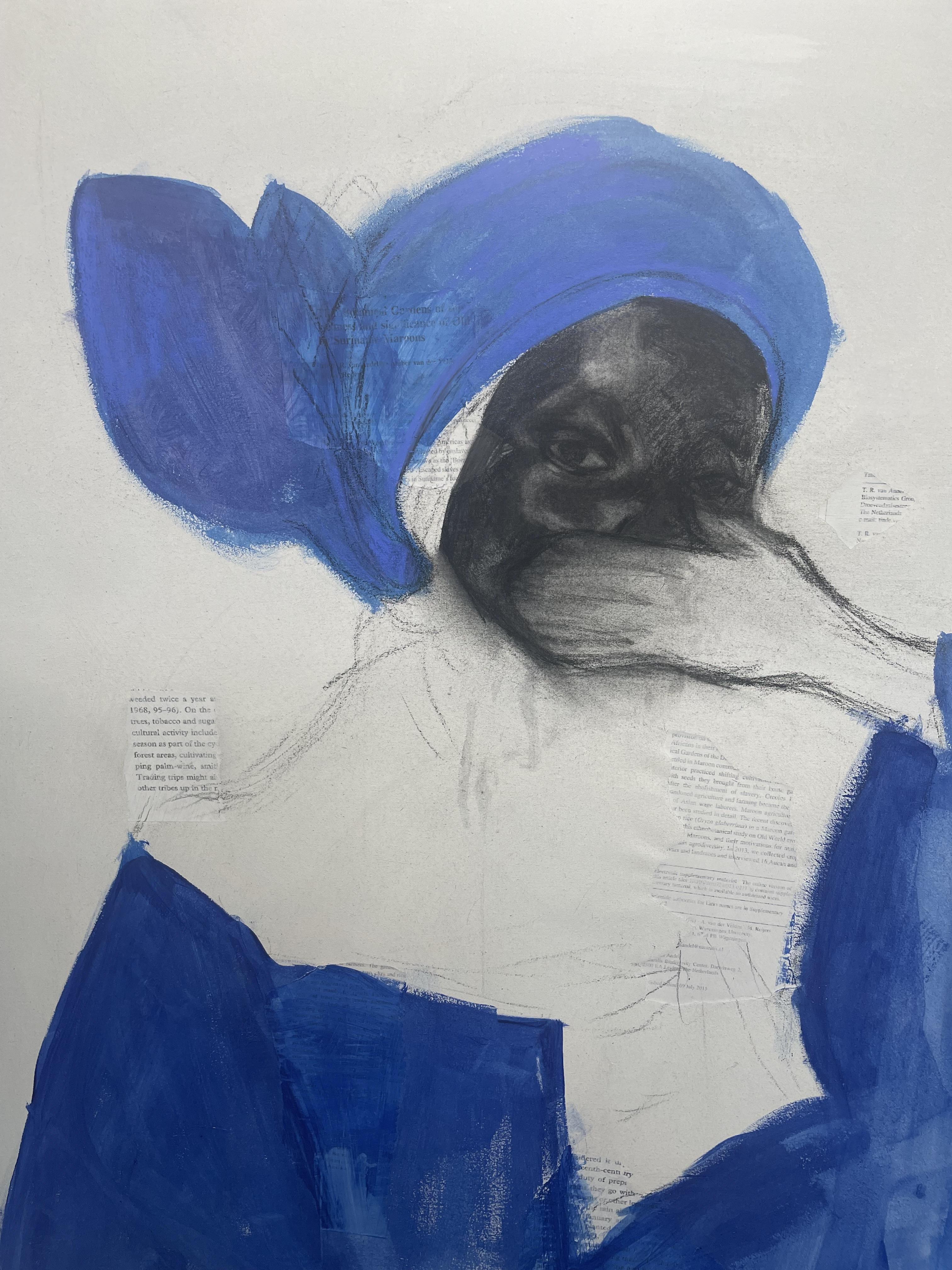

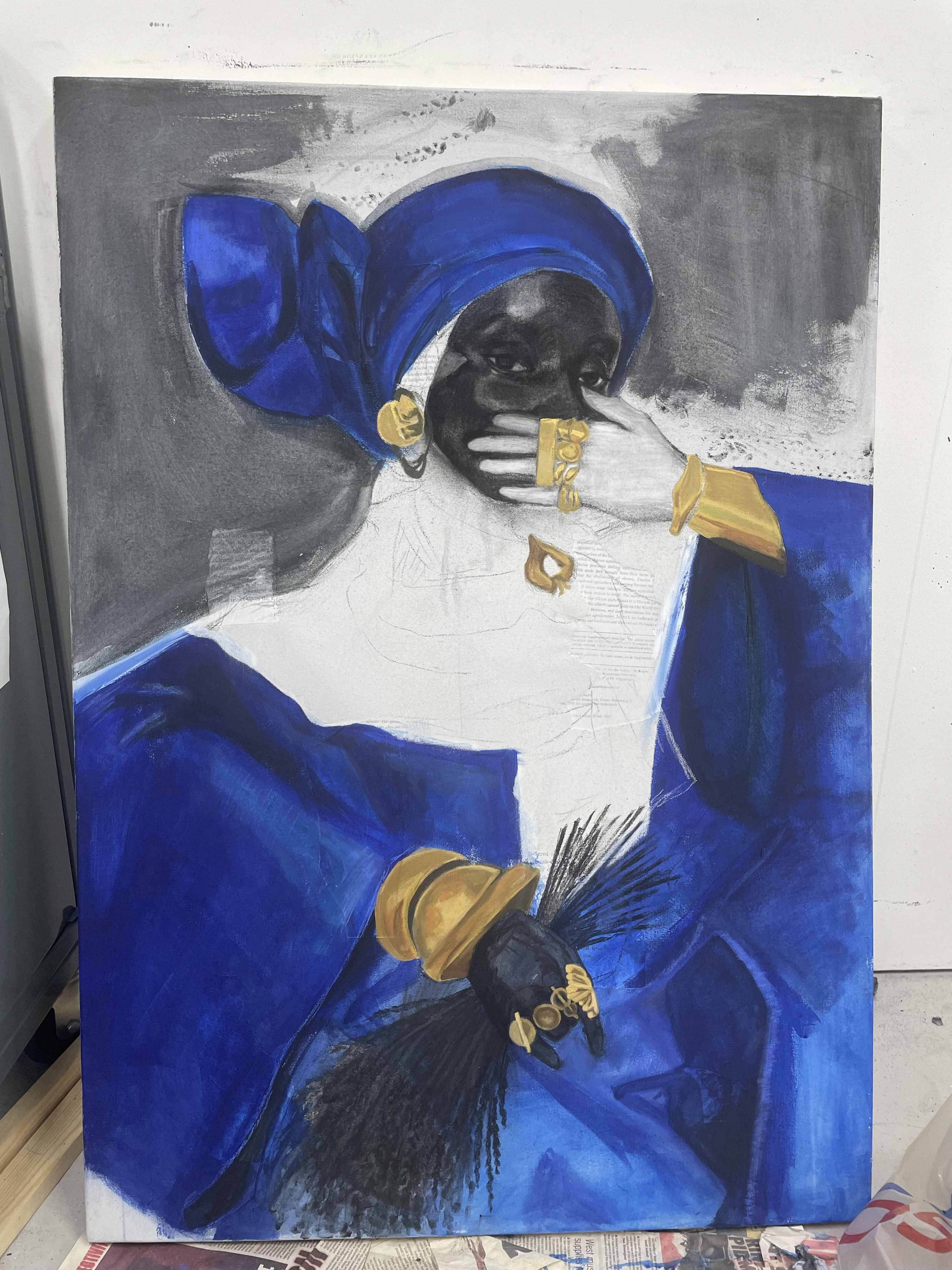
Progress shots of Kandake in the making, shows the steady build up of charcoal washes on the face and the background to create depth in my shadows and highlights.
Behind the scene clips from 'Songs of Repatriation'. I had help from friends create the set, turning the dark space in the basement of Grovsner into a museum basement. I used props borrowed from friends and family to display as archived objects; things I found in the space like filing cabinets, canvas stretchers and plinths and packaging materials like cardboard boxes, bubble wrap and plastic coverings to help create the aesthetic I was going for.
In the poem 'Songs of Repatriation' drums are mentioned throughout to set the tone of the piece and also add structure and rhythm to the piece. I asked my dad to drum so I could capture the audio as well as visuals for the video.
I had assistance from friends with lighting, filming and direction.
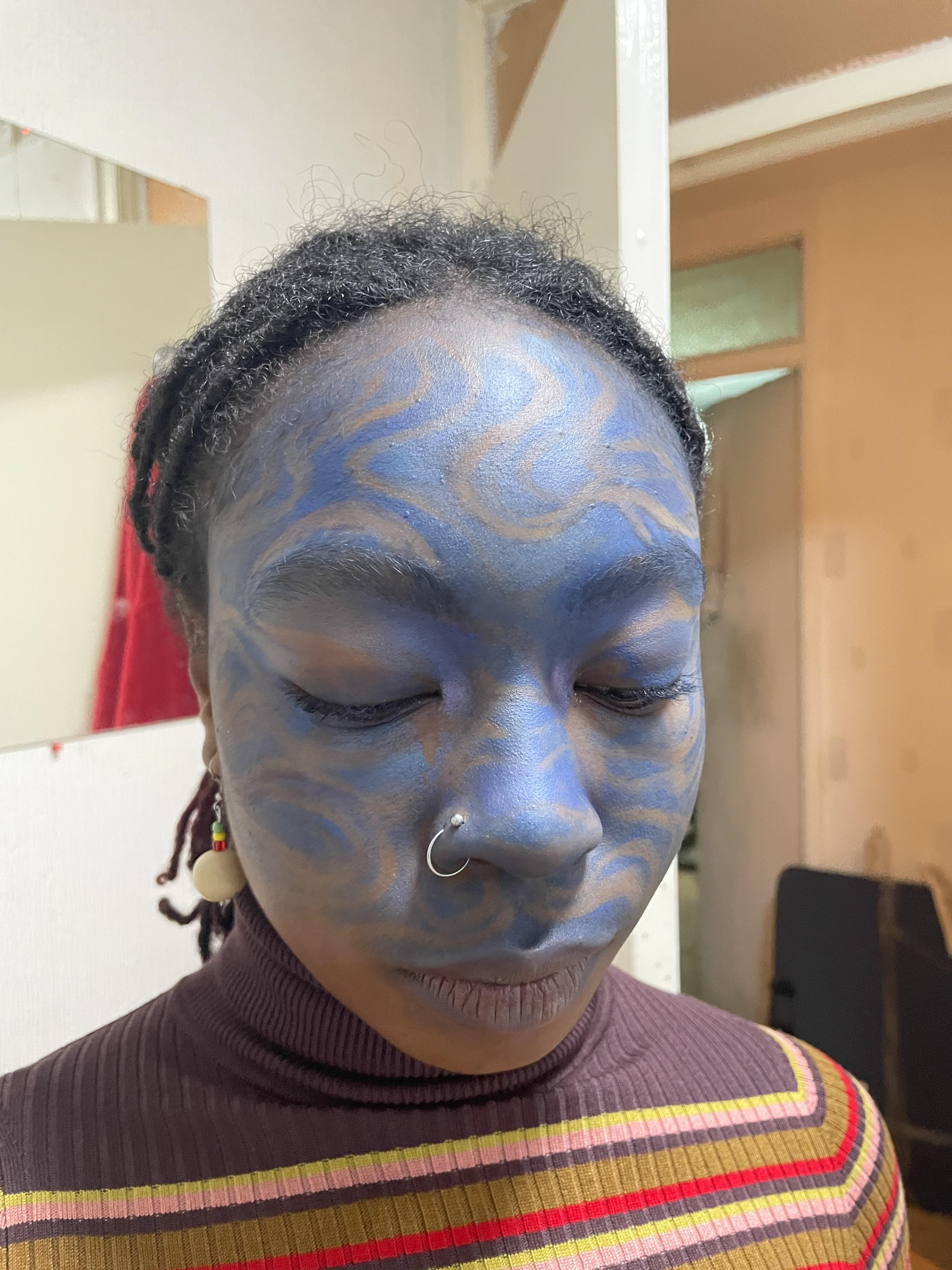

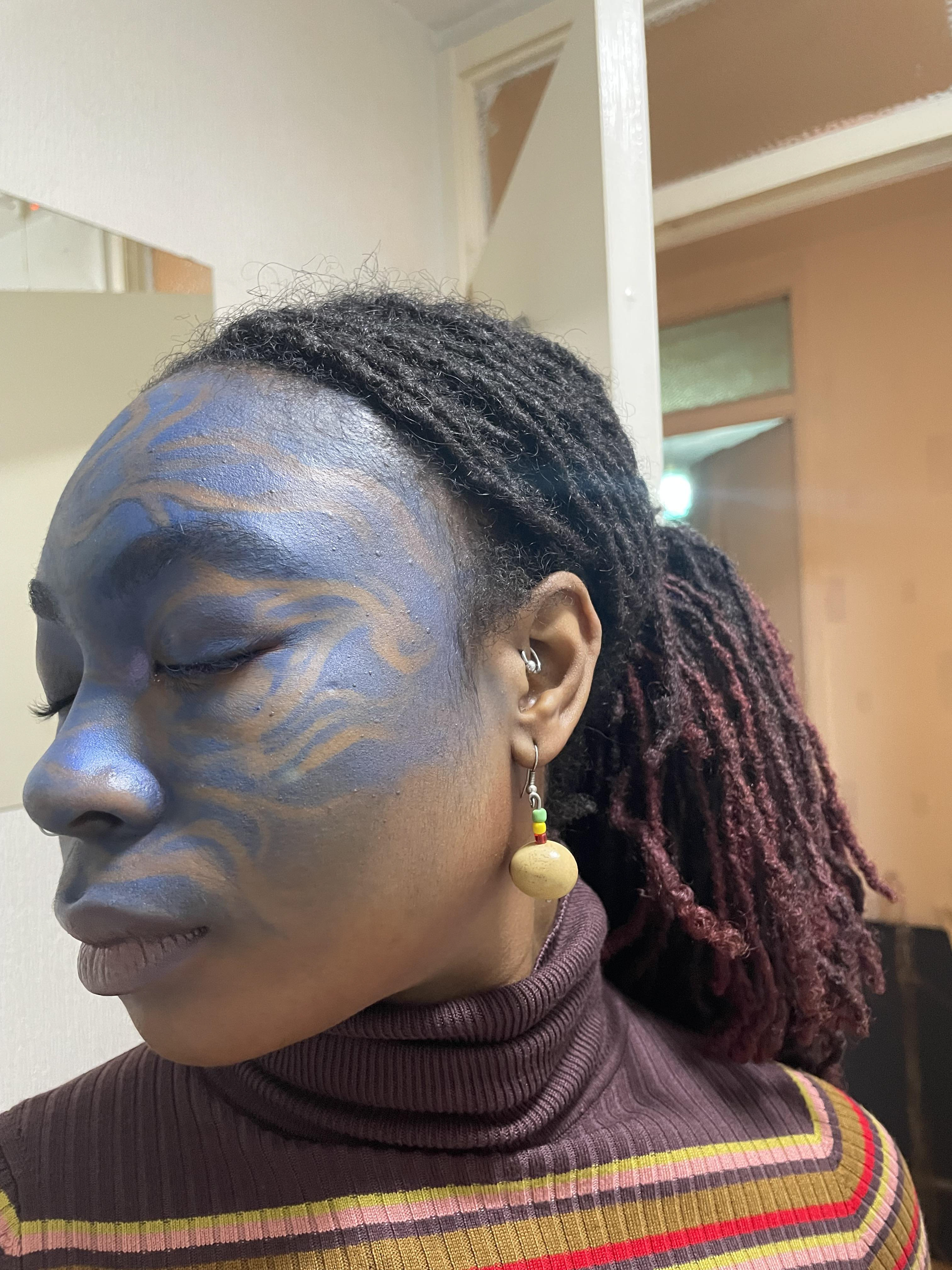
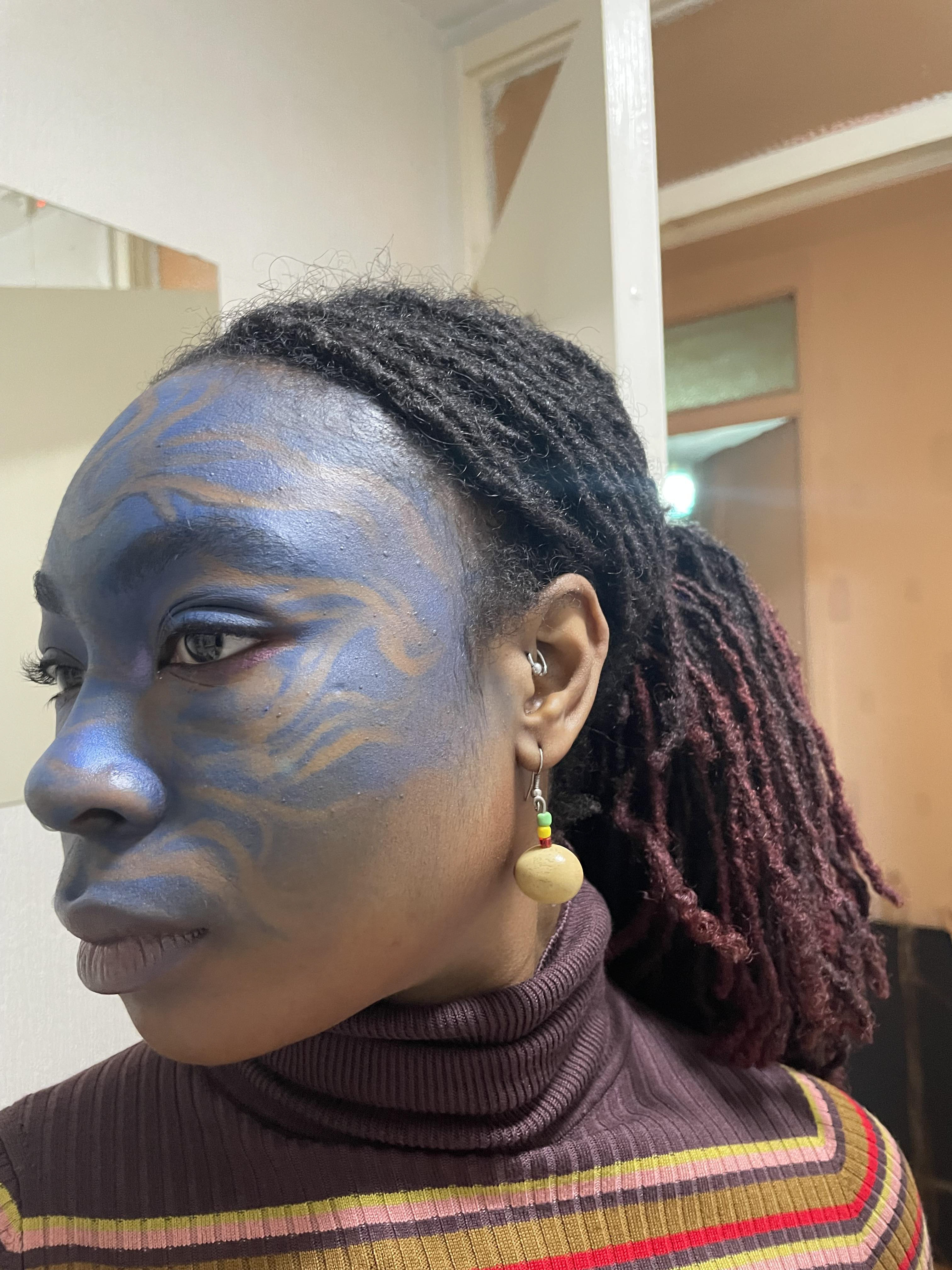



I created this character, inspired by my desire to explore the migrant history of my Caribbean heritage. I wanted to create a symbol that encapsulates the journeys and experiences of the Black diaspora, particularly the role of water in these migrations. Blue became a powerful motif, representing the transatlantic voyages from Africa and the Windrush movement from the Caribbean to the UK. This character was created for a site specific performance I did last semester. This led to the ambiguous ancestral figure i created for my spoken word video.